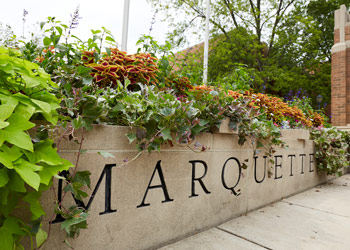Ash, S.L., & Clayton, P.H. (2004). The articulated learning: An approach to guided reflection and assessment. Innovative Higher Education, 29(2).
Ash, S. L., & Clayton, P.H. (2009). Generating, deepening, and documenting learning: The power of critical reflection in applied learning. Journal of Applied Learning in Higher Education, 1, 25–48.
Ash, S.L., Clayton, P.H., & Atkinson, M.P. (2005) Integrating reflection and assessment to capture and improve student learning. Michigan Journal of Community Service Learning, 11(2), 49-60.
Ash, S.L., Clayton, P.H., & Moses, M.G. (2007). Schematic overview of the DEAL model for critical reflection. Teaching and Learning Through Critical Reflection: An Instructors' Guide. Sterling, VA: Stylus Publishing.
Bleicher, R.E., & Correia, M.G. (2011). Using a “small moments” writing strategy to help students reflect on their service-learning experiences. Journal of Higher Education Outreach and Engagement, 15(4), 17-30.
Falk, D. (1995). Preflection: A strategy for enhancing reflection. NSEE Quarterly, 13.
Gelmon, S. B., Holland, B. A., Driscoll, A., Spring, A., & Kerrigan, S. (2001). Assessing service-learning and civic engagement: Principals and techniques. Providence, RI: Campus Compact, Brown University.
Guthrie, K., & McCracken, H. (2014). Reflection: the importance of making meaning in e-service-learning courses. Journal of Computing in Higher Education, 26(3), 238-252.
Hatcher, J.A., & Studer, M.L. (2015). Service-learning and philanthropy: Implications for course design. Theory Into Practice, 54(1), 11-19.
Hatcher, J.A., Bringle, R.G., & Muthiah, R. (2004). Designing effective reflection: What matters to service-learning? Michigan Journal of Community Service Learning, 11(1), 38-46.
Maddrell, J. (2014). Service-learning instructional design considerations. Journal of Computing in Higher Education, 26(3), 213-226.
Patti, C. & Ash, S. (2005).Reflection as a key component in faculty development. On the Horizon, 13(3).
Reed, J. & Koliba, C. Facilitating reflection: A manual for leaders and educators.
Smagorinsky, P., Clayton, C.M., & Johnson, L.L. (2015). Distributed scaffolding in a service-learning course. Theory Into Practice, 54(1), 71-78.
Sturgill, A., & Motley, P. (2014). Methods of reflection about service learning: Guided vs. free, dialogic vs. expressive, and public vs. private. Teaching and learning inquiry, 1(81).
Welch, M. (1999). ABCs of reflection: A template for students and instructors to implement written reflection in service learning. NSEE Quarterly, 25(2), 23-25.
Wolcott, S.K., & Lynch, C.L. (2000). The reflective judgment model: Implications for service-learning and reflection.
